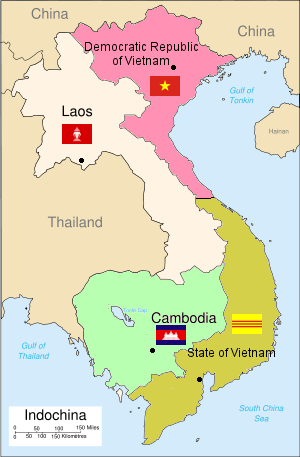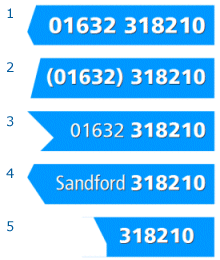In What Parts Of The Country Were Schools Segregated
Board in november 1951 students in a civics class at the segregated black adkin high school in kinston north carolina discussed what features an ideal school should have for a class assignment. Across the country nearly 40 percent of black students were in highly segregated schools in 2018 up from 33 percent in 1993.
School Segregation In The United States Wikipedia
in what parts of the country were schools segregated
in what parts of the country were schools segregated is a summary of the best information with HD images sourced from all the most popular websites in the world. You can access all contents by clicking the download button. If want a higher resolution you can find it on Google Images.
Note: Copyright of all images in in what parts of the country were schools segregated content depends on the source site. We hope you do not use it for commercial purposes.
In the northeast schools are more intensely segregated for black students meaning that in some cases they comprise 90 to 100 percent of a schools population than they were before 1968.

In what parts of the country were schools segregated. Until the 1954 supreme court ruling called brown v. In washington dc the catholic schools were desegregated in 1948. And in places like minneapolis.
In the south west midwest and border states however schools are significantly less segregated than they were in the 1960s but more segregated than they were in the late 80s and early 90s. Catholic schools in tennessee were desegregated in 1954 atlanta in 1962 and mississippi in 1965 all ahead of the public school systems. Research shows that the racial composition of the public school student population has changed substantially over the past 25 years but student racial sorting among schools has remained relatively stable.
The percentage of k 12 public schools that were high poverty and comprised of mostly. Figure d performance of black students suffers when these students attend high poverty schools with high shares of students of color. Louis catholic schools were desegregated in 1947.
By promoting policies that facilitate a shift away from our current pattern of heavily segregated schools we would thus help close the gap between black and white students overall. When they realized that the local white high school indeed had everything they had imagined the seeds were planted for a student led protest. The south was historically the most integrated part of the country and still is.
After the supreme court declared such segregation. Board of education southern school districts that were intentionally segregated were subject to constitutional remedies that were supervised by federal courts. Thats because after brown v.
More than 60 years ago the courts deemed school segregation unconstitutional yet across the country many students still attend school primarily with students who look like them. In some parts of the country schools are more. School systems are more segregated than ever in this.
Board of education black and white students were segregated in schools across the country. Math performance of black students by school segregation 2017.
Teachers In The Us Are Even More Segregated Than Students
Teachers In The Us Are Even More Segregated Than Students
Still Separate Still Unequal Teaching About School Segregation And Educational Inequality The New York Times
School Segregation Across The Country Proves Students Are Still Separate Huffpost Canada
America During The Eisenhower Years
Still Separate Still Unequal Teaching About School Segregation And Educational Inequality The New York Times
The Data Proves That School Segregation Is Getting Worse Vox
The Data Proves That School Segregation Is Getting Worse Vox
The Return Of School Segregation In Eight Charts Separate And Unequal Frontline Pbs Official Site
Why Schools Still Can T Put Segregation Behind Them
Why Is This Happening Investigating School Segregation In 2018 With Nikole Hannah Jones Podcast Transcript






